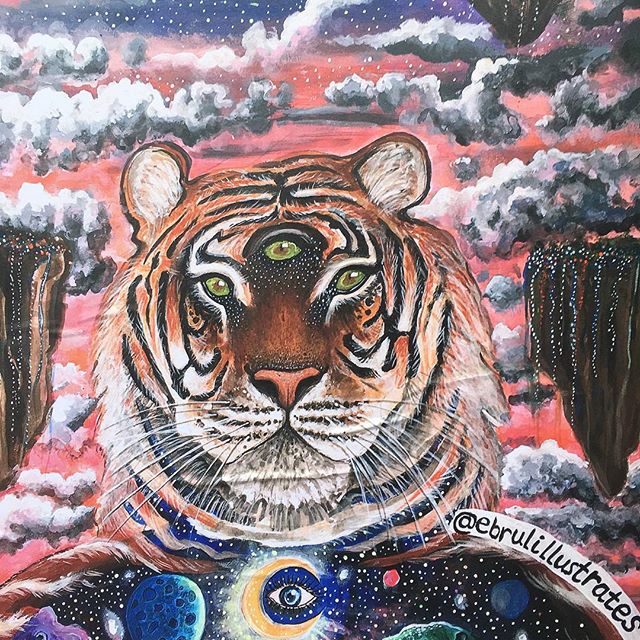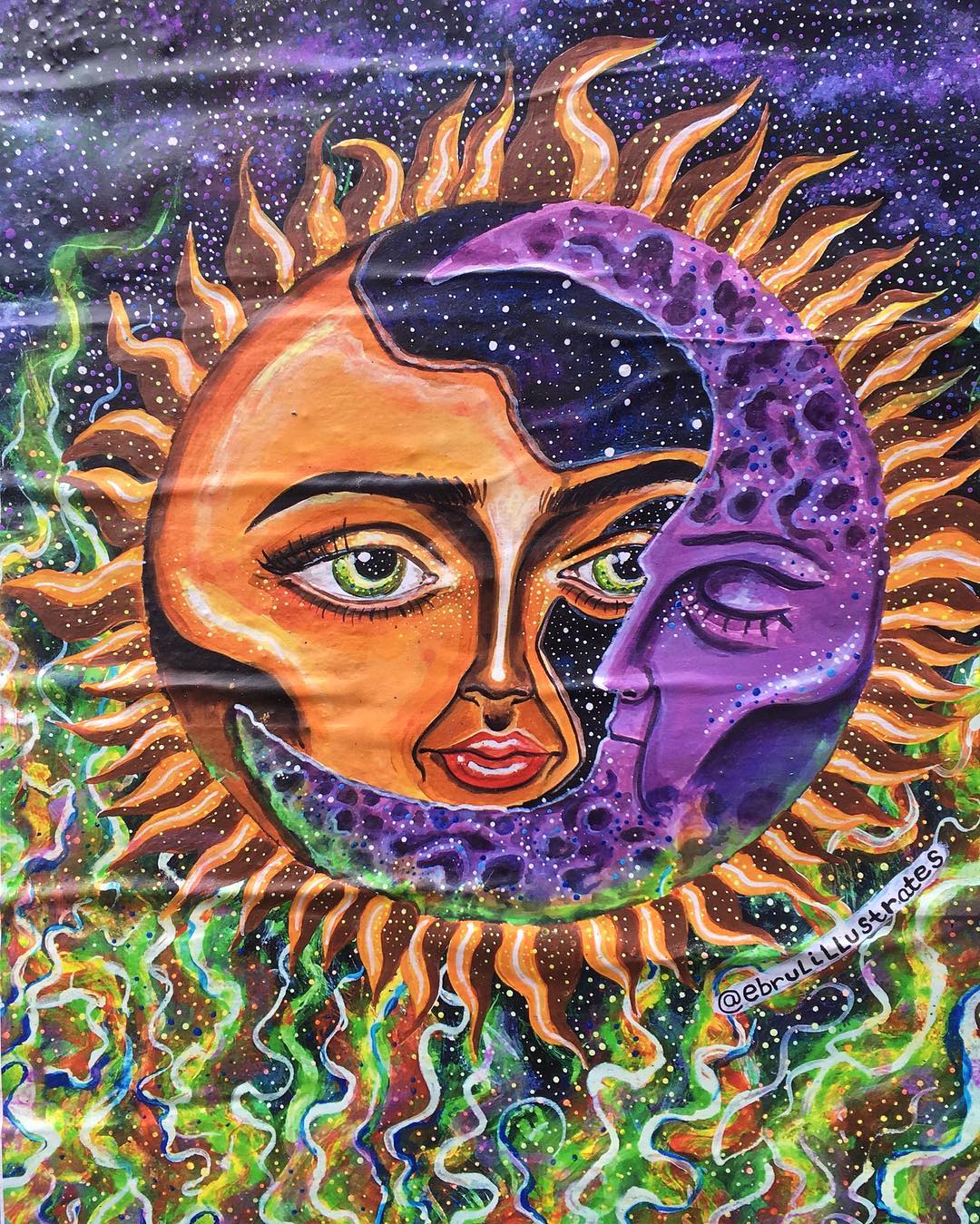Human sexual desire is often primal, egotistical and self-satisfying, yearning for mind blowing orgasms, tantalizing sex games and the need to have our ego stroked all in one hot and sweaty love making session. And while our base instincts might define sex as being- on the surface- a natural need to clang our genitals together, our sexual desire is far more subjective and personal to us as human beings. We might see sex as a motivational state with a wish to seek out sexual objects or partake in sexual fantasies, or see intercourse as a declaration of love, demonstrating our feelings through touching, affirmations, prolonged eye contact, in dominant relationships.
For others, especially in the BDSM sexual sphere, sex or human sexual desire becomes more about ‘power play’ illustrating the paradox of power in ‘Dominant Relationships’, where the Sub must ‘submit’ to the ‘Dom’s’ every demand.The concept of sex as a ‘subjective feeling state that can be triggered by both internal and external cues can be used in dominant relationships as a way of holding power over the ‘sub’ by denying them their sexual desires in order to satisfy their own. And while those who are not into BDSM play might find the idea of being denied sexual satisfaction as ‘problematic’, for those who have safely and consensually participated in BDSM, this sexual universe can be liberating, especially for those who might be ‘more dominant in real life’ and have switched roles and rewritten the rules to become the submissive.

In other words, role reversal in the bedroom initiates the paradox of power in dominant relationships seeking to adhere to Stephen B. Levine’s Sexual Desire Spectrum. According to Levine the sexual desire spectrum ranges from aversion- disinclination- indifference- at the ‘negative end of the spectrum to interest-need- passion at the positive end of the spectrum. In a dominant relationship, intercourse will overlap both sides of the spectrum, with the dom using ‘indifference’ to wield power over the submissive, whilst simultaneously sparking ‘interest’ in their partner/lover/sub. After all the production and use of sexual fantasy and thought is an important part of satisfying sexual desire, which in a dominant relationship revolves around paradoxical power including but not limited to role reversal, taboo play, feeling out of control and engaging in passive and dominant sexual relations.
I mentioned before that BDSM play is often seen as problematic, a glorified version of violence that feeds upon vulnerability, anxiety and a lack of control. And yet because of publications and films like Fifty Shades of Gray, the paradox of power between a dominant and submissive partner has been ingrained in popular culture as a ‘wild and sexy phenomenon’. Popular culture has de-sensitized us to what BDSM play truly stands for and how without following the proper rules and regulations, the submissive can end up getting both physically and emotionally hurt, so its important to bear in mind what BDSM actually is before you actually partake in ‘kinky sexual activity’. For me personally as someone who ‘does not like to feel like I have no control, who is naturally anxious and finds ‘overt dominance threatening’ BDSM has never been something that I have been entirely comfortable with, especially as someone who ‘likes to control the narrative’. Feeling powerless and ‘submitting entirely’ to someone else’s pleasure has never been part of my sexual fantasy, nor have I ever been psychologically and physically turned on by such scenes of sexual humiliation and degradation. It’s why when I watch porn-come on don’t be surprised women like sex too- inserts eye roll- I prefer watching sexual scenes where the camera is not just focusing on the ‘male narrative’ but is instead perpetuating a sexual fantasy where both male and female sexual fantasies are valid and equal. In other words I prefer equilibrium in the bedroom- taking turns to be the dom and sub- as opposed to one person controlling the sexual narrative.

But for some, the paradox of power in dominant relationships is thrilling, as there is a sexual ambiguity of power and less of a ‘controlled narrative’ that you would find in a ‘vanilla sexual partnership’. And while you might feel that the ‘dominant’ in a relationship would typically be a male, in actuality more and more women are becoming the Dom, as the roles of dominance and submission are changeable, with dominant men becoming submissive and vice versa. I prefer a more dominant as opposed to submissive man, who has the ability to take control and ‘give me what I want’ but at the same time I also like to start the sexual conversation and quite literally give him the ‘ride of his life’. While some men might not enjoy being dominated as the female/male partner has the potential to emasculate or humiliate them, for some men shifting the conversation and allowing the submissive to gain control, could also be a major turn on, as there is the paradoxical possibility that there can be submission within dominance and dominance within submission. In other words the ‘dominant’ can still be submissive in their desire to ‘attend’ to the submissive and ensure that they are well looked after during BDSM play whereas the submissive can hold power in that that their sexual desire is out of their control.
The idea of passive and active relationships is nothing new, and is at much at play in the animal world as the human world. You only have to look at the sexual dichotomy surrounding the changeable roles of dominant relationships in the Spider Kingdom to know that the sexual patriarchy is often -quite literally- dissected, chewed up and remodeled as sex for female pleasure. Let’s look at the Black Widow as an example, while known in popular culture as ‘eating their male mates’ after sex, mate eating has never been recorded in the wild with most North American species according to the Burke Museum. However, when observed in a lab setting, the female has often ‘eaten the male’ after sex, because the male could not escape, which feeds into this paradox of power play where ‘sexual cannibalism’ becomes part of the female spider’s sexual agenda, as she has sex with her eventual prey. And while male Black Widow Spiders do their best to avoid getting eaten by seeking ‘well fed virgins’ for mating’ the idea of sexual cannibalism might not seem appealing to us as humans (lets face it I never fancied a human leg for dinner) but the concept of the ‘female controlling the sexual narrative is more applicable to the human world.

The idea of the female being the ‘aggressor’ or the dominant , is why mistress dating sites are so popular , because it perpetuates the idea that men may eventually tire of regularly being in control and thus fantasize about relinquishing their dominance, allowing themselves to be submissive in the bedroom. After all, according to socio-cultural theory, desire is often categorized as not as a ‘primal biological instinct’ where the male seeks to dominate the woman, but rather being conceptualized as one factor in a much larger context, such relationships nested within societies, nested within cultures. In other words, while traditional BDSM play might seek to follow a biological framework, whereby the male seeks to imput their own sexual desire, with an instinct to dominate the female/male partner, from a socio-cultural point of view you might argue that a male who holds control and leadership in his working life would desire to relinquish that control and submit to a dominant partner who in real life might be more submissive than him. To an extent dominant relationships is conditioned by biological need; in a traditional relationship framework, the male’s high testosterone levels creates a circuitry response to be more dominant in the bedroom because they are turned on by ‘wielding power’, whereas socio-cultural need creates a non-traditional sexual framework, whereby the male desires to be degraded, humiliated or simply dominated by the ‘alpha female’.
The traditional model for the human response cycle can be represented as desire-arousal-orgasm-resolution, and while distinctly separate from genital sexual arousal (which is characterized by biological sexual need as opposed to the human response cycle which is both ‘biologically inclined’ and ‘socially-culturally conditioned’) in the BDSM world, the human response cycle becomes regressive. This is because many dominant relationships feed off the notion of ‘edging’ thus denying the concept of any ‘resolution’ or ‘orgasm’. And while in a socio-cultural framework BDSM sexual relationships see ‘sexual desire as a longing for sexual activity for its own sake’ as opposed to a biological need to procreate, BDSM also sees sex and desire as ‘non-sexual in nature’ not based on ‘urge or means to control’ but rather as a way of increasing closeness, excitement and attachment between partners. Thus while on the outside looking into BDSM play might make us feel as though dominant relationships ‘lack feelings and compassion’ our assumptions might be pre-emptive, dictated by social scripts which push females and males into gender specific roles. In other words, socio-cultural influences have conditioned us into believing that the narrative surrounding sexual desire is rigid and un-malleable, which is why for many of us, including myself, BDSM becomes problematic because we are scared of what we do not know and what ‘seemingly subverts our traditional sexual desire framework. So if a female controls the sexual narrative, does that mean that BDSM becomes less about ‘gendered power play’ and more about biological reversal, or is it in fact the death of a sexual patriarchy where all genders become equal in the bedroom? You decide.

Interested in learning more about Sub and Dominant Relationships? Then check out subs-and-doms.com
What Are Your Thoughts On Dominant Relationships?
*Disclaimer
Please note this is a collaborative post but all thoughts are my own and are not affected by monetary compensation.
Those paintings are BEAUT!